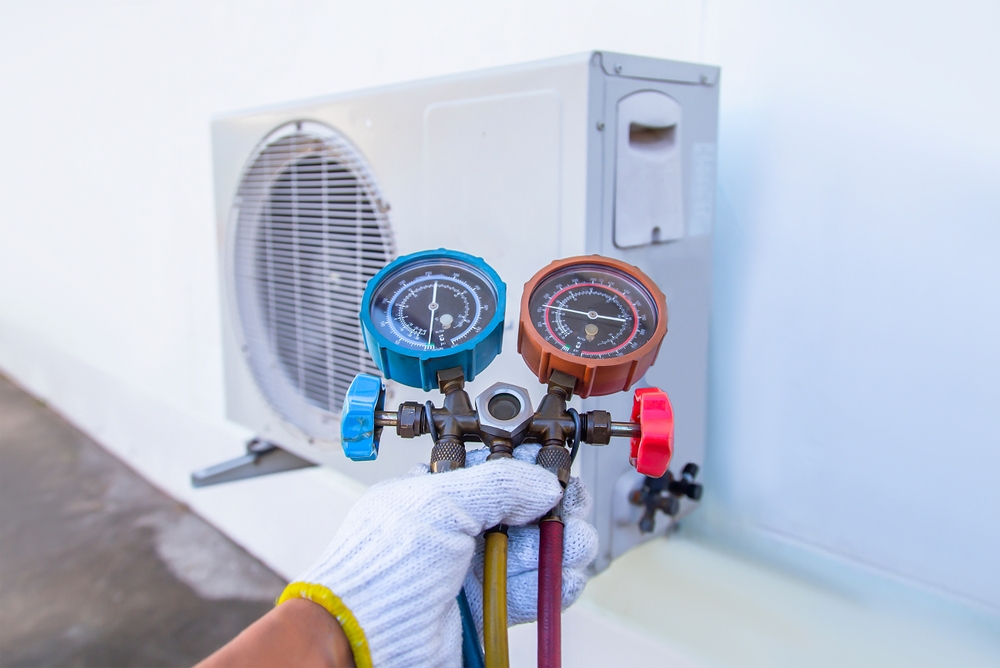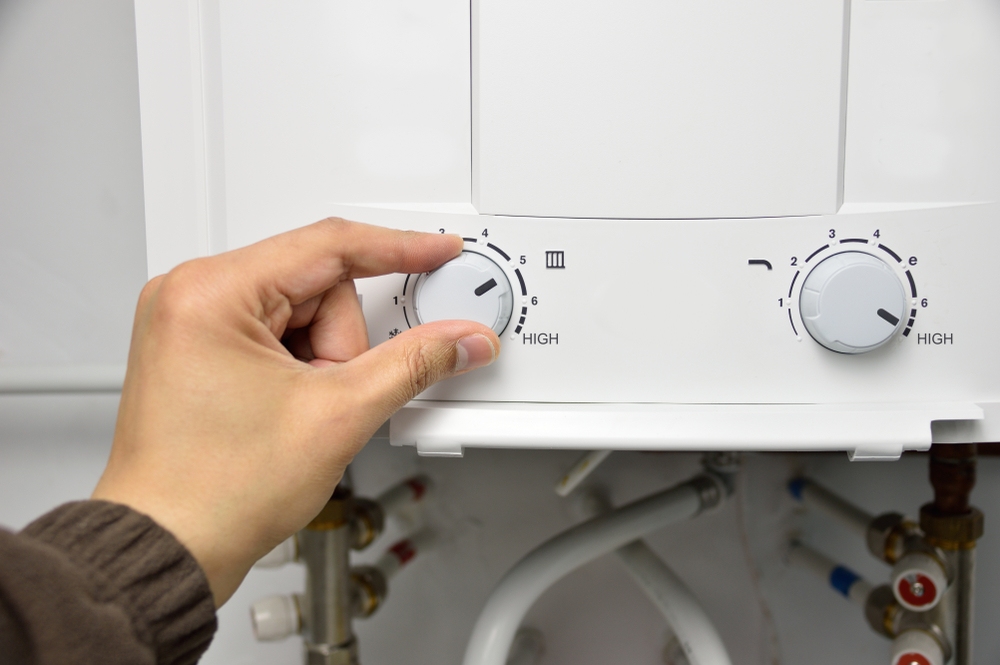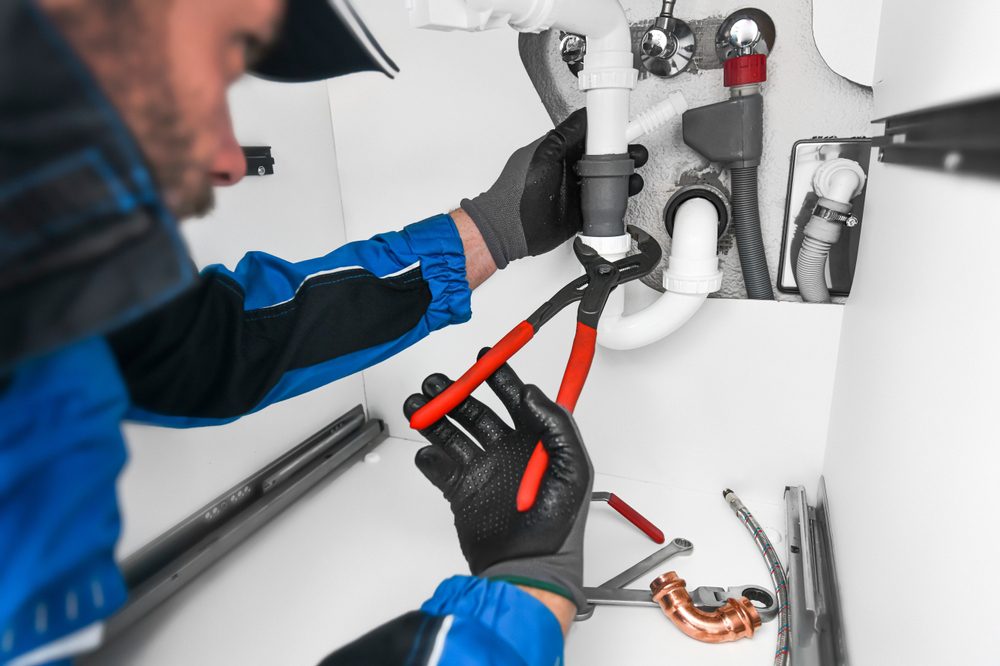Blog
20 Dangerous Electrical Problems in Homes and Ways to Respond

Electrical problems aren’t just annoying—they can be dangerous.
From overloaded circuits to bad wiring, these issues pose serious fire and shock hazards if left unchecked. Recognizing the warning signs and knowing when to call a professional could prevent costly damage or even save lives.
Below are 20 common types of electrical issues in homes. Continue reading to learn how you can respond to them safely.
Table of Contents
Top Types of Electrical Issues and Ways to Respond
Electrical issues can range from minor annoyances to major safety threats. Whether it’s a tripped breaker or a sparking outlet, understanding the underlying cause is the first step toward creating a safer home.
1. Tripped Circuit Breakers
Circuit breakers are designed to cut power when a circuit is overloaded. It’s a safety feature. However, frequent tripping can indicate a deeper electrical problem.
Signs such as a sudden loss of power in part of the home, appliances cutting out unexpectedly, or needing to reset the breaker often all suggest more significant electrical issues.
Check for overloaded outlets or high-energy appliances on the same circuit. If tripping persists, it may indicate faulty wiring or panel issues. You may need an electrical panel replacement to prevent future outages.
2. Broken Power Outlets
If an outlet is dead or only works intermittently, it may be due to internal damage, wiring issues, or a tripped Ground Fault Circuit Interrupter (GFCI). Warning signs of a broken power outlet usually include loose plugs, hot outlet plates, and burn marks on the actual outlet.
Do not attempt to use a broken outlet. Shut off the breaker and contact a licensed electrician. These may be symptoms of deeper wiring faults or overloaded circuits.
3. Damaged Light Switches
A light switch that doesn’t work or feels loose can indicate bad wiring.
Signs of damaged light switches may include things like flickering lights or light fixtures that won’t turn on at all. You may also hear audible crackling when flipping the switch.
If you’re dealing with an electrical issue, it’s best to contact an expert for lighting repair. Electrical shocks or arcing could occur if ignored.
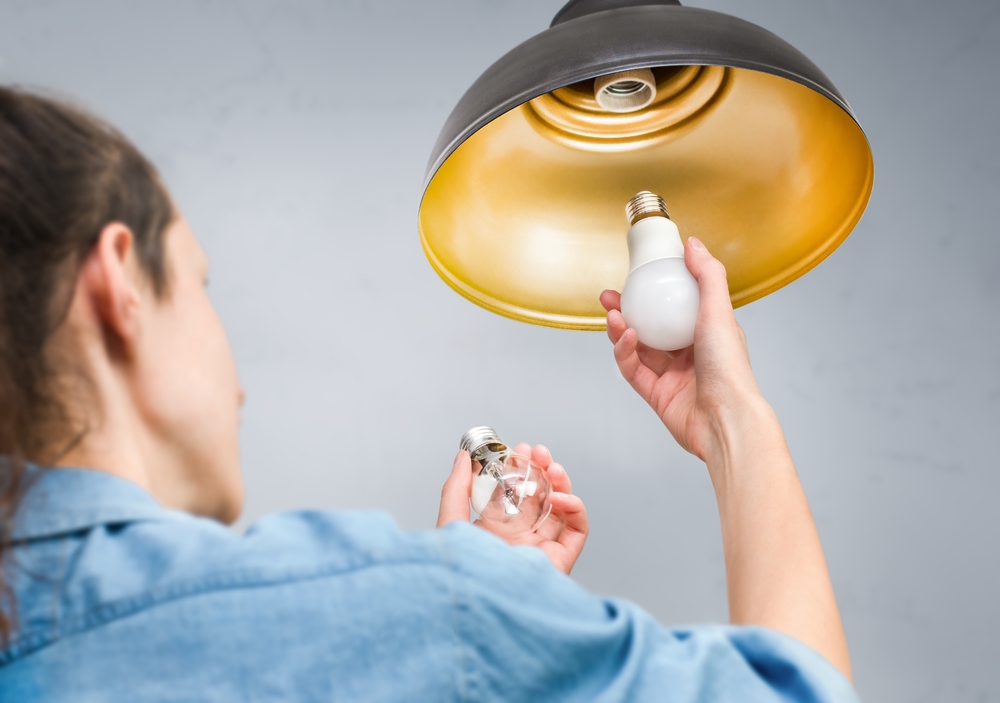
4. Flickering Lights
Sometimes, flickering lights are nothing to worry about. But sometimes, they are something to worry about.
Flickering lights can often be mistaken for bulb issues, but they can actually signal more serious electrical problems.
If your lights are dimming randomly or the flickering worsens while using an appliance, it’s best to schedule a lighting repair and request a professional electrician for inspection. Loose wiring or overloaded circuits may be to blame.
5. Overloaded Circuits
Plugging too many appliances into one outlet or circuit creates a serious fire hazard. If your outlets are warm to the touch or you’ve chained your power strips together, there’s a chance your circuits are overloaded.
Prevent overloaded circuits by spreading your devices across multiple circuits, and consider upgrading your electrical panel to accommodate the increased load. If the issue persists, consult an electrician for an electrical panel replacement.
6. Hot Outlets or Switches
It’s normal for outlets and switches to experience a small temperature increase, but outlets and switches should never feel hot to the touch. If they do, it often means too much current is flowing through the circuit.
If your outlets or switches are too hot, appear discolored with burn marks, or you smell a burning odor, unplug all devices and shut off the circuit. This is a fire risk.
Call a licensed electrician right away to check for overloaded wiring or faulty devices.
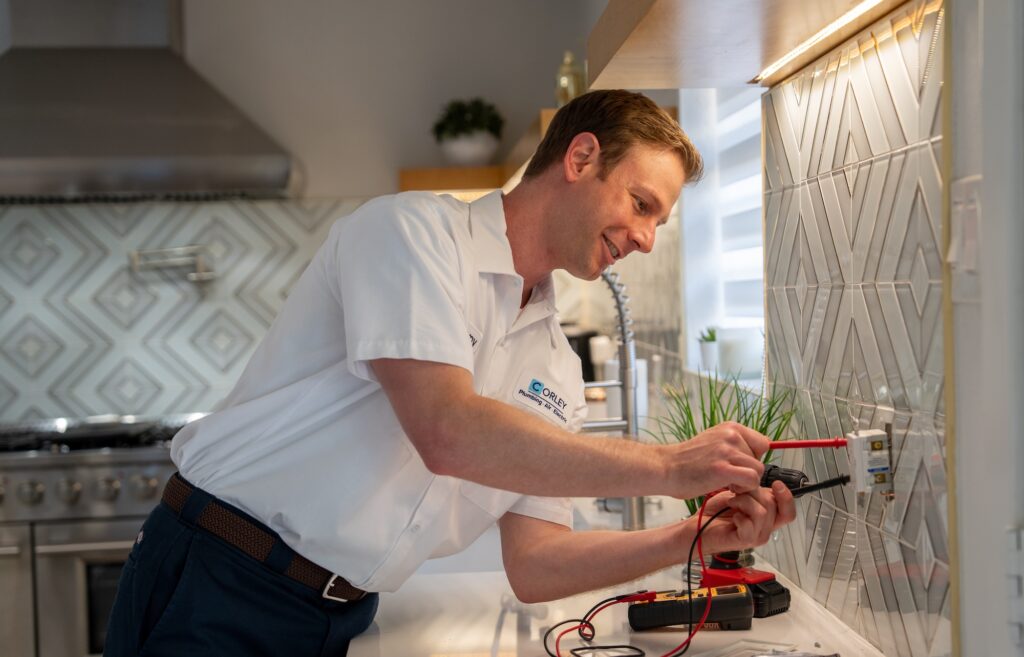
7. Buzzing Sounds
There are times when you might hear a slight buzzing noise, such as when one voltage changes to another. However, a buzzing or humming noise from outlets, switches, or panels usually indicates a loose connection or faulty wiring.
Avoid using affected circuits. Buzzing may signal arcing, which is a major fire hazard.
8. Tripping GFCI or RCD Outlets or Switches
GFCIs protect against shock in wet areas. You’ll see them in places like bathrooms and kitchens. If they trip repeatedly, there may be a wiring fault or moisture intrusion. Rodent issues and cable damage may also be to blame.
Test the outlet and unplug all devices. If the GFCI continues to trip, it may need to be replaced, or the circuit may be compromised.
9. High Utility Bills
A sudden increase in your power bill may not just be your air conditioner; it could be a symptom of failing electrical systems. High, unexplained energy bills may be caused by electrical issues such as old appliances or faulty breakers.
Faulty wiring can also cause energy losses. If your bills are rising and you haven’t made any lifestyle changes, this might be a case for upgrading your electrical panel and installing whole-home surge protection to reduce strain and extend appliance life.
10. Sparking or Arcing
A visible spark when plugging in a device is often a sign of loose wiring, overloading, or faulty receptacles. Audible pops, zaps, and sparks from outlets are a cause for concern, especially if you’re also smelling a burning odor.
In this case, stop using the outlet immediately. Arcing is a leading cause of house fires. Contact an electrician for diagnosis and consider whole-home surge protection to prevent future risks.
11. Electrical Shocks
Electrical shocks are no joke. Even a slight shock when touching an appliance or switch is a major red flag. It can indicate improper grounding or wiring faults.
If you experience shocks from light fixtures or a tingling sensation when touching switches or plugs, please stop using the appliance or switch. Schedule an electrical inspection to determine if it’s a wiring issue or a fault in the appliance. Never try to investigate an electrical issue by yourself.
12. Dimming Lights
Quick dims that stop as soon as they start are typically nothing to fret over. But if your lights are dimming for a prolonged period of time, your home may have an overloaded system or loose connections. This could be due to overloaded circuits or outdated service panels.
Contact a licensed electrician to assess whether electrical panel replacement is needed or if the issue lies in your wiring.
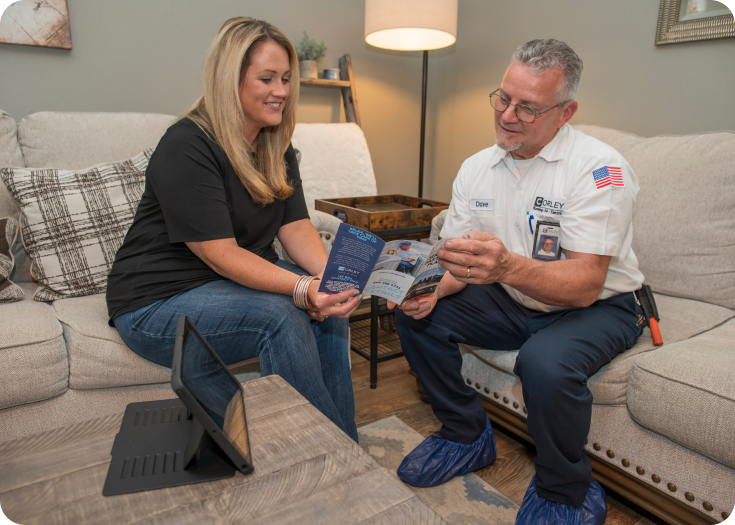
13. Intermittent Power
Power that cuts in and out without tripped breakers may be caused by loose wiring, corroded connections, or external line damage.
This is often a sign of aging or faulty wiring, but it can also mean that there’s an issue with your local supplier. An electrical inspection can help identify the problem and determine whether rewiring is necessary.
14. Outdated Wiring
Homes built before the 1980s may have wiring that’s not up to modern safety standards, including aluminum wiring or knob-and-tube systems, which are dangerous and outdated.
Other signs of outdated wiring include two-prong outlets with no ground and no GFCI protection in bathrooms or kitchens.
As charming as old homes are, outdated wiring is a fire hazard and should be replaced for safety and code compliance. It’s always best to schedule an electrical inspection.
15. Defective Appliances
Sometimes the issue isn’t your wiring—it’s the device itself. Damaged or malfunctioning appliances can cause breakers to trip or circuits to spark.
When an appliance doesn’t work correctly, you may see (and smell) signs like sparks and a burning odor. Unplug the device immediately and test the outlet with another appliance. If the issue continues, call a professional.
16. Uncovered Junction Boxes
Junction boxes protect wire splices, but without a cover, exposed wiring can become a fire and shock hazard. In fact, an uncovered junction box is a code violation.
If your junction box is uncovered, do not touch the exposed wires. Hire an electrician to inspect and cover junctions in accordance with the National Electrical Code (NEC).
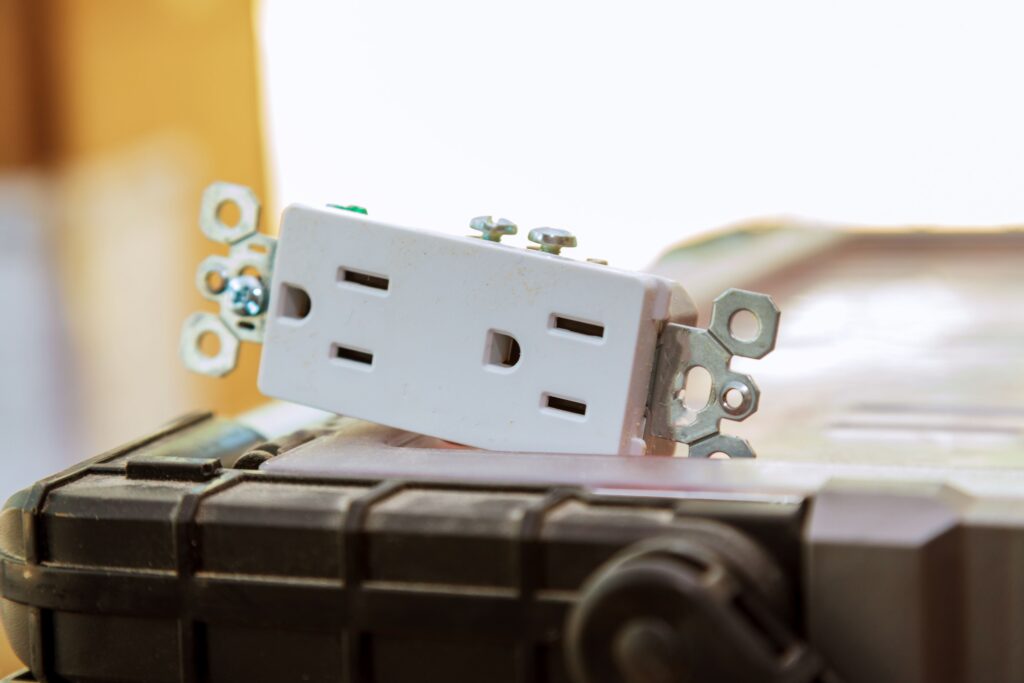
17. Too Few Outlets
Not having enough outlets can be a pain, and sometimes people have to get creative with extension cords. This is especially true for renters who may not have a say in the number of outlets they have.
However, relying on extension cords and power strips can overload circuits and increase the risk of fire. The best way to solve this electrical problem is to install additional outlets.
If you need to use an extension cord, make sure it’s a heavy-duty extension cord. This means any extension cord that is 14-gauge or thicker. Anything smaller than 16-gauge can be a hazard.
18. Aluminum Wiring
Common in homes built between the 1960s and 1970s, aluminum wiring poses a hazard because it expands and contracts with changes in temperature, loosening connections and increasing the risk of fire.
You may not know whether you have aluminum wiring, but there are a few indicators to look for. For example, you may have older wiring if your home was built pre-1975, or you have wiring labeled “AL” or “ALUMINUM.”
Aluminum wiring isn’t illegal, but it’s generally frowned upon. A licensed electrician may recommend a full rewire or specialized connectors to bring it up to code. Schedule an electrical inspection to confirm.
19. Backstabbed Wires
We’re not talking about betrayal, here.
“Backstabbing” refers to electrical wires inserted into spring-loaded holes instead of terminal screws—a shortcut that can weaken over time.
Although this is not a code violation, backstabbed connections are prone to overheating and can cause fires. An expert electrician in Greenville, South Carolina can re-terminate the connections safely using screw terminals.
20. Plug Falls Out of Receptacle
If your plugs aren’t staying in place, the outlet contacts may be worn out, which risks arcing and sparking.
We recommend replacing worn, loose outlets as soon as possible. A licensed professional can replace the outlet quickly and check for other signs of wear and tear.
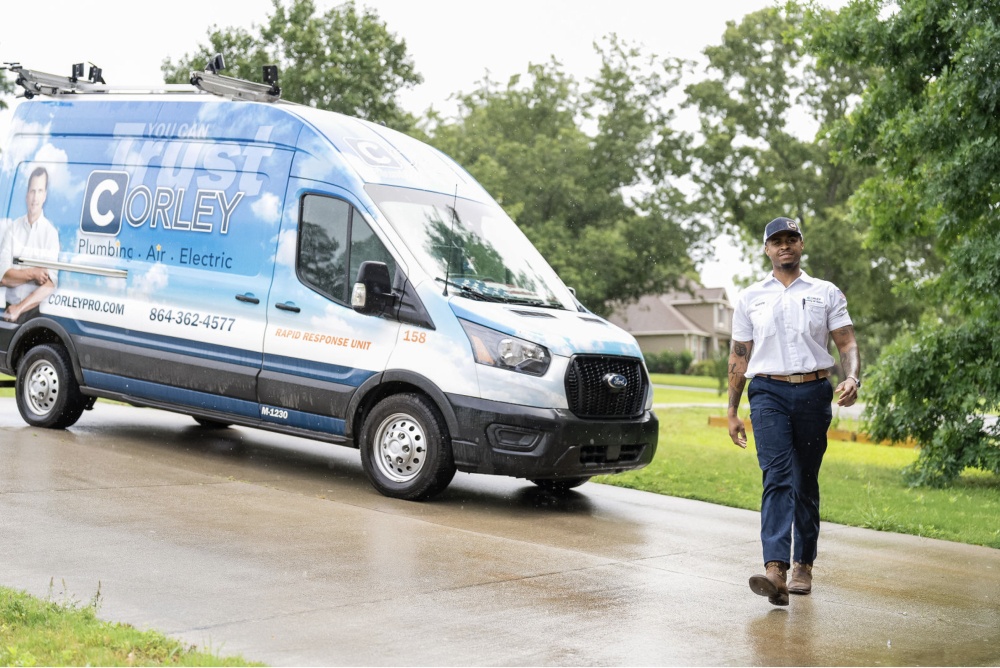
Contact Our Team for Electrical Repair and Installation Services
When it comes to electrical problems, don’t wait for a minor issue to become a major hazard.
Whether you need updated outlets, lighting fixes, or a full rewiring job, the expert electricians at Corley Pro are here to help. We offer a comprehensive range of electrical services, including electrical inspections, electrical panel replacement, lighting repair, and whole-home surge protection.
We’ve served Upstate South Carolina with honesty, safety, and quality craftsmanship since 1986. Schedule your service today and protect your home from the hidden dangers of outdated or damaged electrical systems. Give our team a call at (864) 256-0643 to receive assistance with electrical issues in your house.



